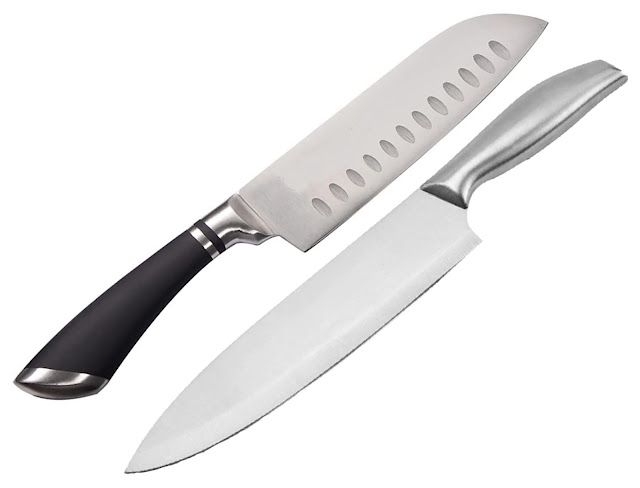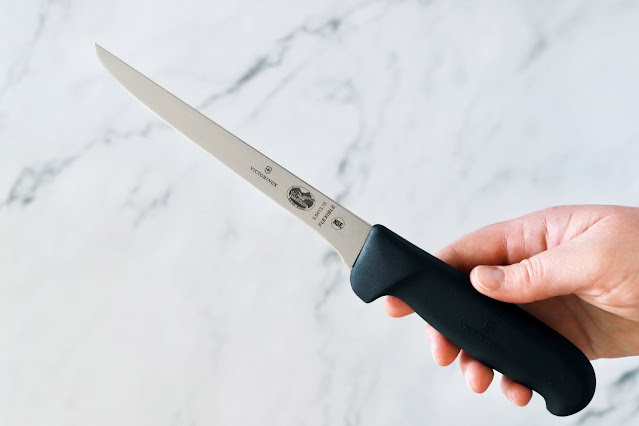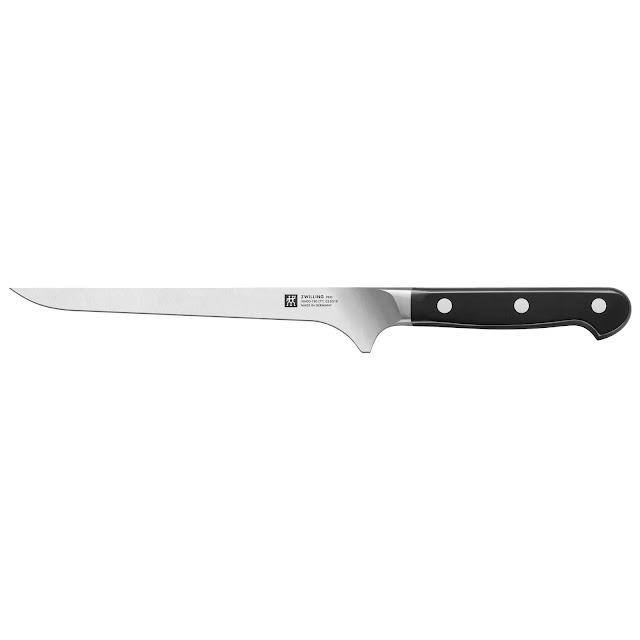The Versatile Chef's Knife: A Must-Have Tool for Every Kitchen
A chef's knife is an essential tool that no kitchen should be without. Its versatility and functionality make it the go-to knife for both professional chefs and home cooks. In this blog post, we will explore the features and benefits of a chef's knife, its various uses in the kitchen, and provide tips on how to choose the perfect one for your culinary needs.
Understanding the Chef's Knife:
A chef's knife typically features a wide, sharp blade that ranges in length from 6 to 10 inches. It has a pointed tip and a curved edge, allowing for effortless rocking motions during cutting. The blade is commonly made from stainless steel, ensuring durability and resistance to corrosion. The handle can be made of various materials, such as wood, plastic, or composite materials, providing comfort and a secure grip.
Versatility and Common Uses:
The chef's knife is renowned for its versatility, making it the workhorse of the kitchen. Here are some of its common uses:
Slicing: The chef's knife excels at slicing various ingredients, including fruits, vegetables, and meats, into precise and uniform slices.
Dicing and Chopping: With its sharp edge and wide blade, the chef's knife is perfect for dicing onions, chopping herbs, or cutting vegetables into bite-sized pieces.
Mincing: Its rocking motion allows for efficient mincing of garlic, ginger, or herbs, achieving finely chopped results.
Carving: While not its primary function, a chef's knife can also be used for carving cooked meats, such as roasted chicken or beef, with its long and sharp blade.
Choosing the Right Chef's Knife:
Finding the perfect chef's knife for your needs requires careful consideration. Here are some factors to keep in mind:
Blade Length: Select a blade length that suits your preferences and the tasks you frequently perform. A blade length of 8 inches is a popular choice as it provides versatility for a wide range of cutting tasks.
Blade Material: Opt for a high-quality stainless steel blade that combines durability, corrosion resistance, and ease of maintenance.
Handle Design: Look for a handle that feels comfortable and secure in your hand. Consider factors such as material, shape, and grip to ensure a comfortable and ergonomic handle.
Balance and Weight: Find a well-balanced knife with a weight that feels comfortable and allows for precise control and maneuverability.
Care and Maintenance:
To prolong the lifespan of your chef's knife and maintain its performance, follow these care and maintenance tips:
Hand wash the knife with mild soap and warm water after each use, avoiding harsh detergents or the dishwasher.
Dry the knife thoroughly to prevent moisture buildup and potential rusting.
Regularly hone the blade using a honing rod to keep it sharp and maintain its cutting edge.
Periodically sharpen the blade using a sharpening stone or professional sharpening service to restore its optimal sharpness.
Store the knife in a knife block, magnetic strip, or knife sheath to protect the blade and prevent accidents.
Conclusion:
The chef's knife is a versatile and indispensable tool that should be a staple in every kitchen. Its ability to handle a wide range of cutting tasks makes it a reliable companion for both professional chefs and home cooks. By understanding the features of a chef's knife, its uses in the kitchen, and considering important factors when choosing one, you can find the perfect knife that suits your needs and enhances your culinary experience. Invest in a high-quality chef's knife, and let it become your trusted partner in creating delicious meals with precision and ease.


.jpg)

Comments
Post a Comment